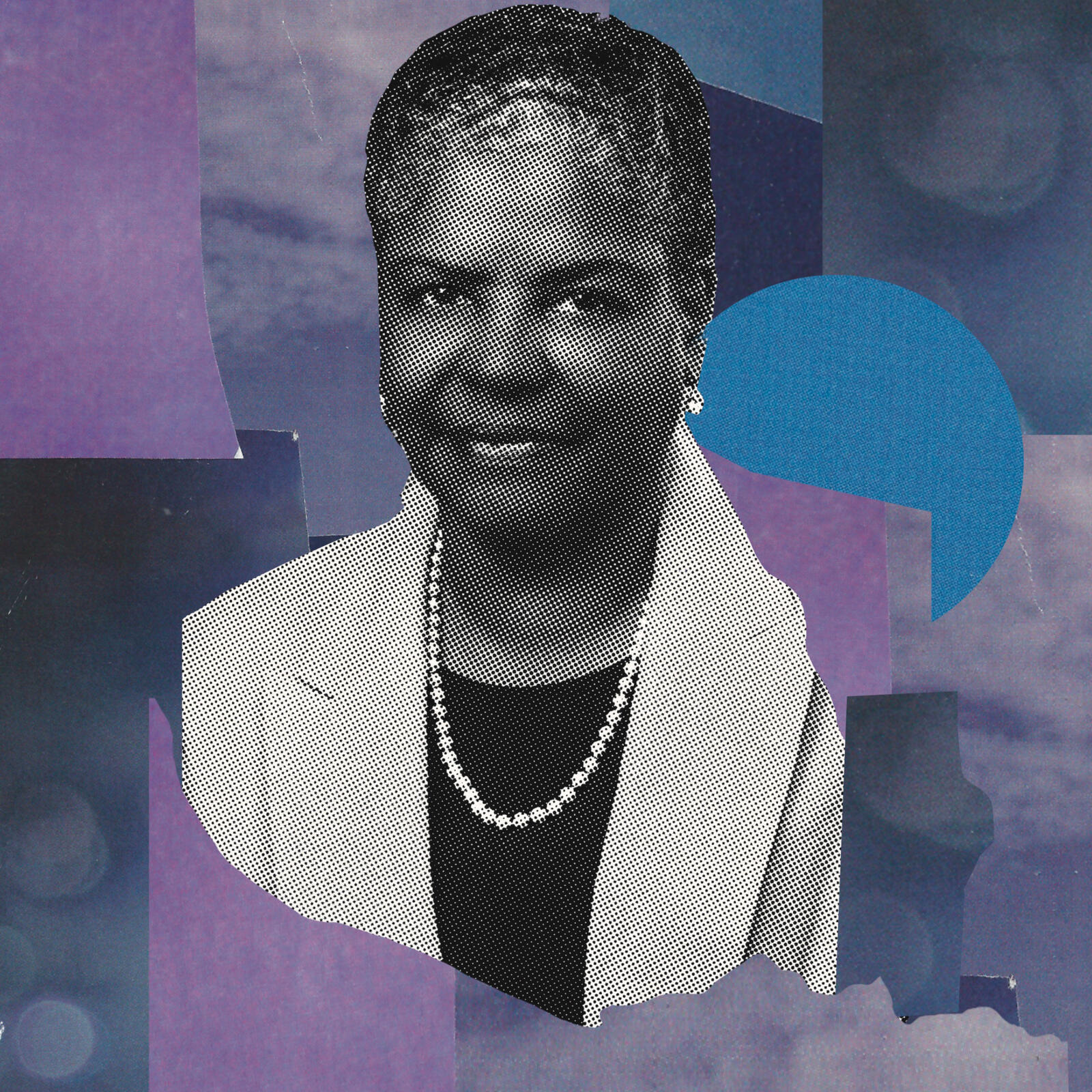As a teen growing up in Richmond, Va., where nearly half the population is Black, Liburd saw firsthand what she calls the effects of “de facto segregation.” She got a summer job with the city’s department of public health, visiting condemned housing where mostly minority families continued to live because they had nowhere else to go, and witnessed the vast differences in community resources between Black and white neighborhoods. That fueled her conviction that addressing inequities in health, especially gaps along racial and ethnic lines, isn’t just about tackling the obvious factors like diet, exercise, and other health habits. It’s about addressing the context in which people make choices about their health—which includes where they live, whether they have stable housing, how much education they have, how much money they make, and whether they have access to fresh foods and even transportation to get to a doctor or pharmacy.
Now acting director of the Office of Health Equity at the Centers for Disease Control and Prevention, Liburd has been championing this strategy at the agency for more than 30 years. “For many years we focused on the individual and on compelling the individual to take certain actions, such as quitting smoking,” she says. “But now we are understanding that we have to, at the same time, be sensitive to the context in which they live, to help them take those actions.” When it comes to smoking, that includes considering, among other things, why people smoke, the cultural pressures to light up, and the availability of cigarettes. For other health habits, it involves understanding that childcare, for example, is essential to helping people make and keep medical appointments. To change those patterns and those environments involves educating public health departments across the country, and forming partnerships with other government and community groups to promote the idea that improving health outcomes for certain racial and ethnic groups means equalizing their access to the tools they need to achieve that. That includes things like paid sick leave so people can take time off work to address health problems without giving up much-needed income. (According to a recent report from the Economic Policy Institute, 61% of the lowest-wage workers do not have access to paid sick days.) “We don’t just engage with health departments but also with organizations that have influence in other sectors such as transportation and housing that we may not have worked with before,” Liburd says.
COVID-19 provided a unique opportunity to test some of these efforts, as the agency worked with local groups to establish testing and vaccination sites in unique places, such as churches, in neighborhoods where access to traditional health clinics was limited. In New Hampshire, a COVID-19 grant from the CDC is helping a nonprofit to increase financial literacy and stability among low- and moderate-income families by removing digital barriers to opening bank accounts.
Looking ahead, Liburd wants to sustain these relationships so they aren’t just a temporary response to a crisis. “We all pay for health disparities that are largely preventable. It’s regretful that these issues start becoming about differences, like race, and not about the need to have a more inclusive community and society.”
- Donald Trump Is TIME's 2024 Person of the Year
- Why We Chose Trump as Person of the Year
- Is Intermittent Fasting Good or Bad for You?
- The 100 Must-Read Books of 2024
- The 20 Best Christmas TV Episodes
- Column: If Optimism Feels Ridiculous Now, Try Hope
- The Future of Climate Action Is Trade Policy
- Merle Bombardieri Is Helping People Make the Baby Decision
